A frequently encountered issue with Windows 11/10 is the unexplained High Disk usage which at times freezes all other processes of the system. In a lot of cases, upon checking the Task Manager, it is found that the Windows Modules Installer Worker CPU and Disk Usage is very high – at times even more than 50%!
What is Windows Modules Installer Worker?
The Windows Modules Installer Worker or WMIW or TiWorker.exe checks for new updates from the Windows Server and installs them on your computer system. This process might cause load on the system and in some cases, push the disk usage to 100%, thus hanging or freezing all other processes. Restarting the system won’t work, and the issue does not resolve by itself.
Windows Modules Installer Worker High CPU or High Disk Usage
If the Windows Modules Installer Worker is showing High CPU & Disk Usage in Windows 11/10, try the following suggestions:
- Check if Scheduled Automatic Maintenance is running
- Check if Windows Update is running
- Scan your PC with AV
- Kill TiWorker.exe process
- Run Windows Update Troubleshooter
- Run SFC and DISM
- Disable automatic Windows Update
Let us take a look at these methods in detail.
1] Check if Scheduled Automatic Maintenance is running
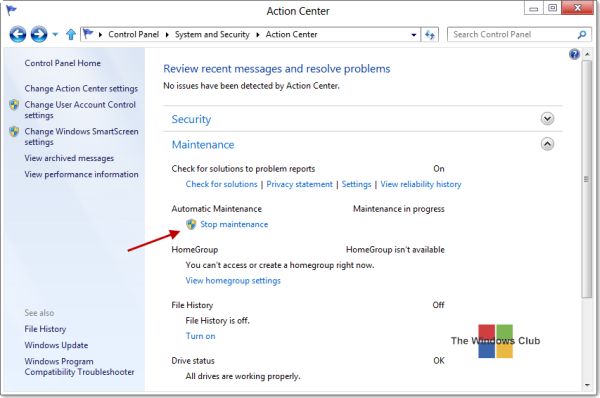
Before you begin, you need to check if your Windows is running the Scheduled Automatic Maintenance task and if it is, then give it some time – maybe hours, to finish. You will see its settings here – Control Panel > All Control Panel Items > Security and Maintenance > Automatic Maintenance.
2] Check if Windows Update is running
The usage may also go high if Windows Update is running – so give it some time. If it is not running then run Windows Updates and see if any are available and install them.
3] Scan your PC with AV
You might also want to scan your computer for malware. So run an antivirus scan.
4] Kill TiWorker.exe
Having done this, the next thing you can try is to kill the TiWorker.exe process in the Task Manager itself and restart it and see if it helps. But it is quite likely that the problem will keep recurring. Thus, the concerned service has to be stopped.
5] Run Windows Update Troubleshooter
Run the Windows Update Troubleshooter and see if it helps you.
6] Run SFC and DISM
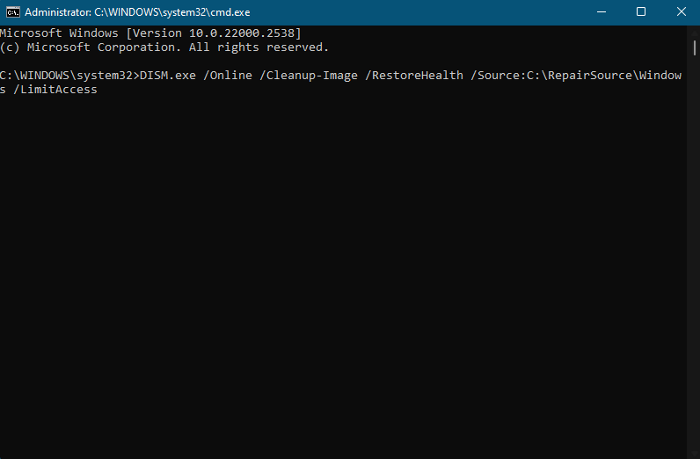
Run the System File Checker and DISM Tool to replace corrupted system files and fix a corrupted system image.
7] Disable automatic Windows Update
If nothing helps, you may want to see if you want to disable automatic Windows Update. If you do decide to, open the Services Manager. This can be done by opening the Run box by pressing the Win+R keys and then running the command services.msc.
Now search for ‘Windows Modules Installer Worker‘ in the list. The list is in alphabetical order.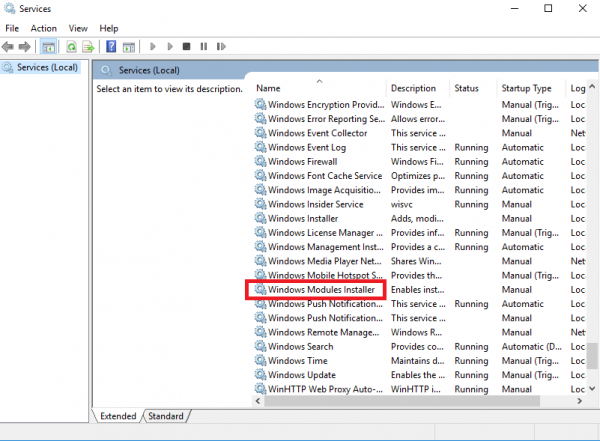
Double click on Windows Modules Installer Worker and open the settings window. It is usually set to Automatic. Please change the mode to Manual.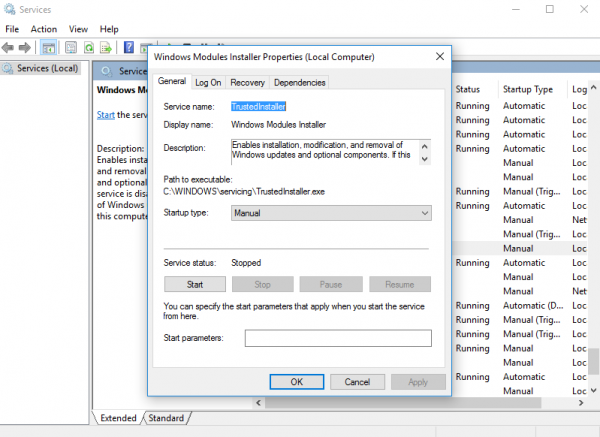
Now Search for ‘Windows Update‘ in the services.msc window. Double click on it and open the settings. Change the mode from Automatic to Manual just as in the previous case.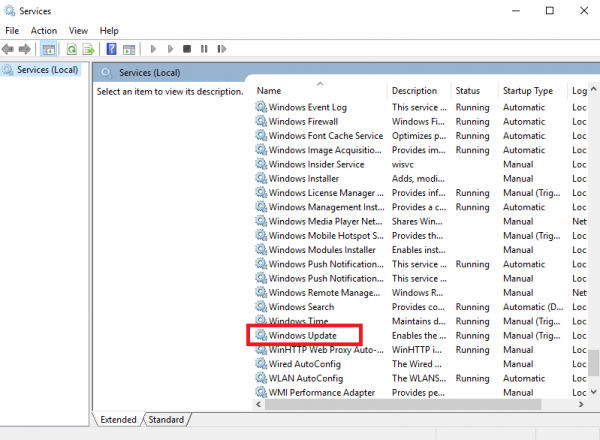
If you are using Windows 8.1 or Windows 7, open the ‘Control Panel’ and click on ‘Windows Update’ and then on ‘Change settings’.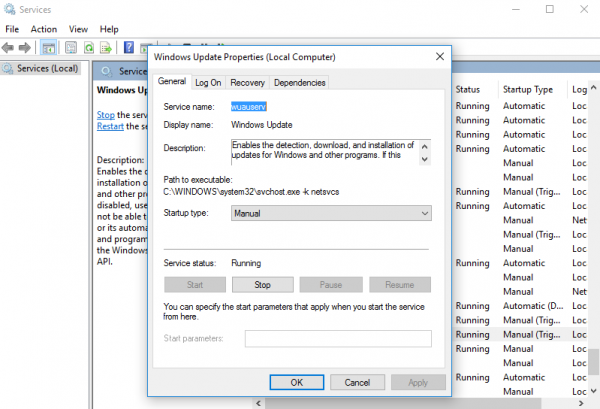
Change the setting to ‘Check for updates but let me choose whether to download and install them‘.
Windows 11/10 users may need to refer to this post to disable Automatic Windows Update.
Reboot the system after completing the procedure above. The procedure above sets the ‘Windows Update’ to the Manual mode. Thus, it will not check for updates automatically and only when you command it to. This is a workaround till you are able to find the solution.
Perhaps booting into Clean Boot State will help you troubleshoot the issue further. Do remember to check for and update your computer manually every week, in case you choose to follow the last suggestion.
Posts about processes using high resources: